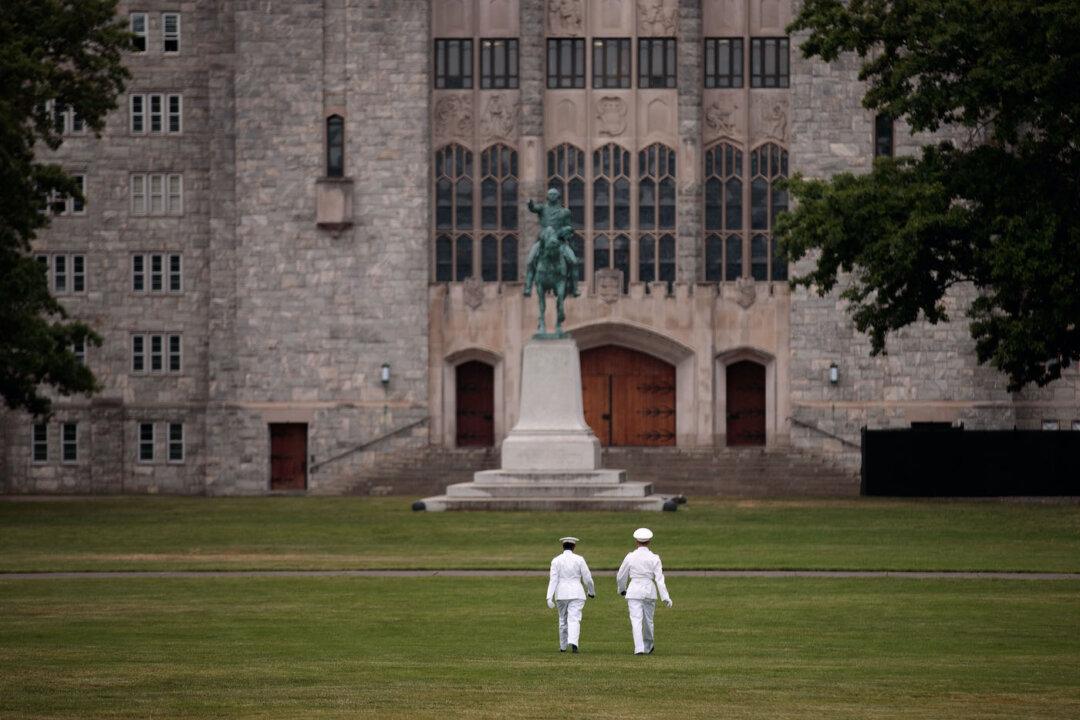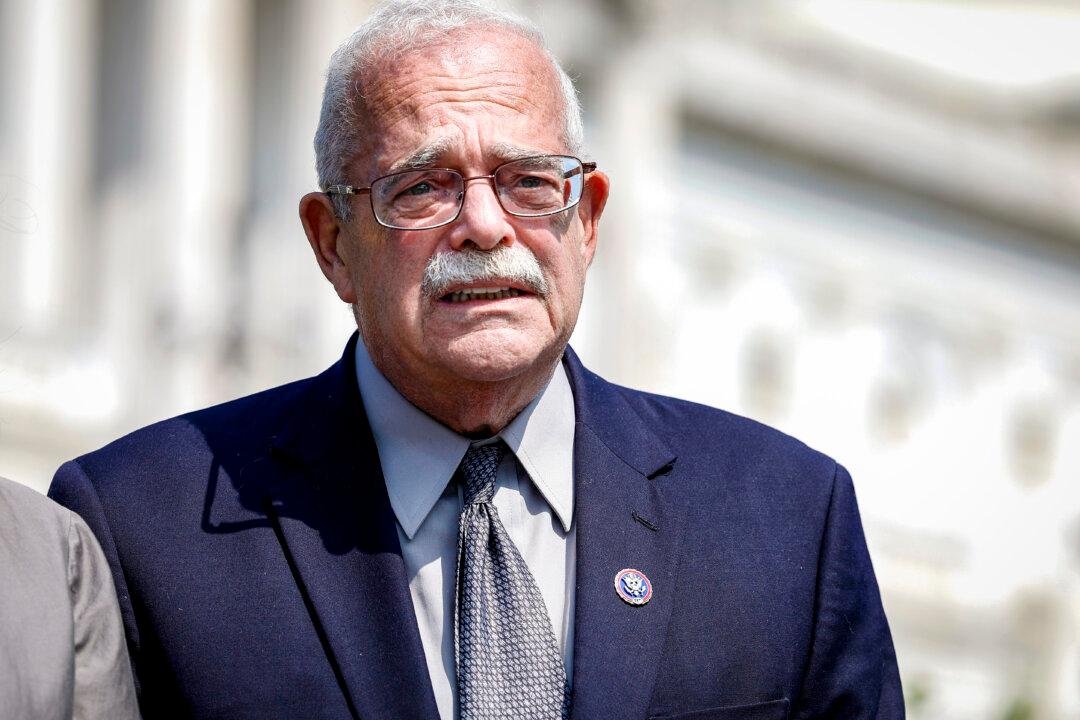The U.S. Military Academy at West Point has commenced the removal and modification of 13 Confederate memorials and symbols on its campus at the direction of the Department of Defense.
The modifications—recommended by the congressionally mandated Naming Commission and subsequently approved by the Defense Department in October—were to begin over the school’s holiday break, which started on Dec. 18.





